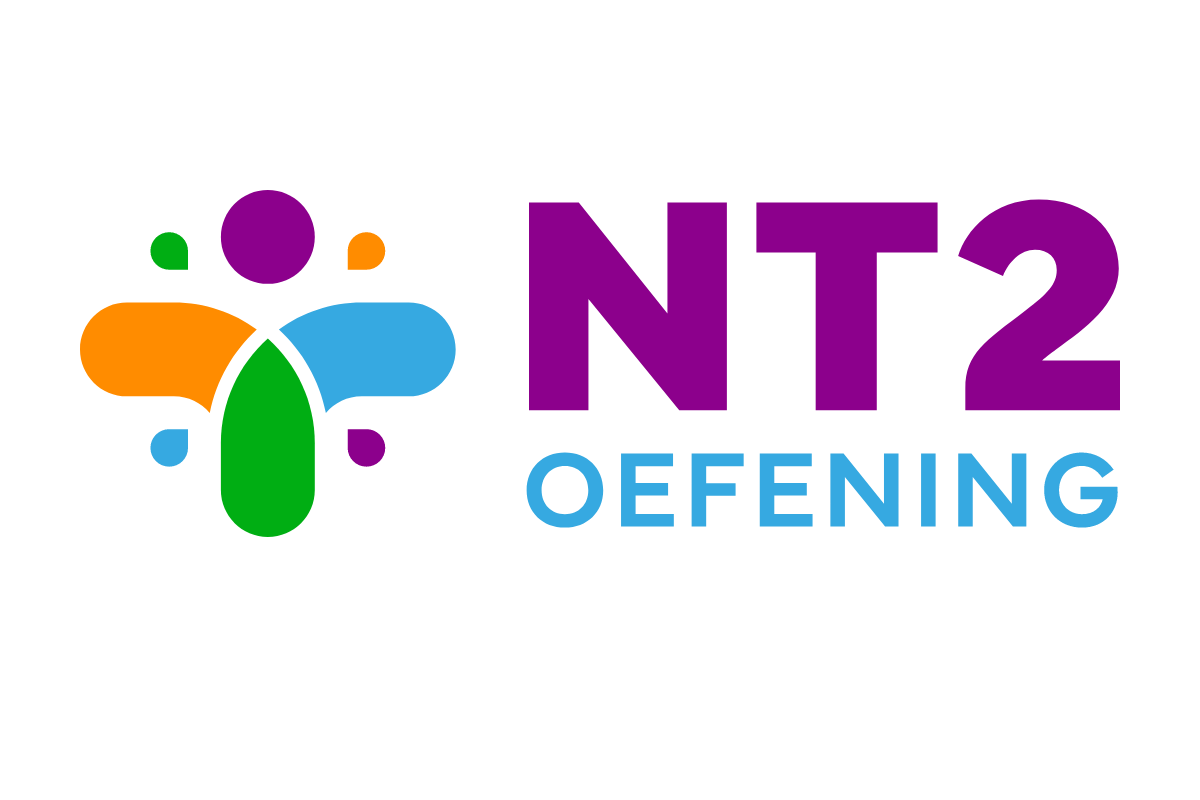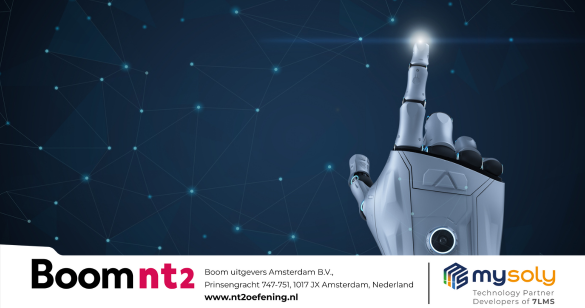Introduction
Welcome to the third part of our article series (part 1 and part 2) on the future of e-learning and development. In this segment, we explore the fascinating world of automated content development processes in education. Specifically, we’ll discuss the use of robots or artificial intelligence to create e-learning content. While this approach offers time savings and content consistency, it also comes with certain risks. We’ll examine the benefits and pitfalls, emphasizing the need to balance automation and human expertise to shape the future of e-learning and development.
The Potential of Automated Content Development
In theory, e-learning content can be developed using robots or artificial intelligence. For example, a robot could analyze educational materials, extract key information (concepts, definitions, examples, exercises), and generate e-learning content, such as quizzes, worksheets, or video lessons.
Advantages of Using Robots for E-Learning Content Development
Using robots for e-learning content development has several potential advantages. Firstly, it saves time and effort, automating the content creation process so educators can focus on other tasks. Secondly, it improves content consistency and quality, ensuring accuracy, organization, and ease of understanding. Additionally, robots enable the creation of customized learning materials, tailored to individual learners’ needs and abilities.
Disadvantages and Limitations of Robotized Content Development
However, there are potential disadvantages to relying solely on robots for e-learning content development. One major drawback is their limited ability to capture nuances and complexities present in educational materials, resulting in less engaging or effective content compared to human educators. Moreover, over-reliance on automation may hinder creativity and flexibility in content creation, limiting educators’ adaptability and improvement over time.
Striking a Balance: Human Expertise and Automation
While using robots in e-learning content development offers advantages, it’s essential to consider potential risks and limitations. Striking a balance between automation and human expertise is crucial for the most effective and beneficial outcomes in e-learning and development.
How are we developing our test content in NT2oefening.nl?
NT2oefening.nl is an online Dutch Exam Testing Platform with instant feedback in speaking and writing, collaborates with language testing experts, avoiding a fully automated process to address potential risks!
For developing Dutch exams for integration or NT2 (Dutch as a second language), we follow a methodology based on the Common European Framework of Reference for Languages (CEFR). This framework provides standards and guidelines for language learning and assessment, defining six levels of language proficiency (A1 -beginner- to C2 -advanced-), along with the knowledge and skills learners should demonstrate at each level.
To create CEFR-certified exam questions, we use various question types and formats aligned with the CEFR standards. These include multiple-choice, matching, open-ended questions, and tasks that reading, writing, speaking, and listening skills.
Before implementation, each exam undergoes a pilot phase with learners, collecting valuable performance data to guide necessary revisions. This ensures exam effectiveness and alignment with CEFR standards.
By employing test blueprinting and engaging language testing experts, we create Dutch exam for integration or NT2 (try it now) that effectively assesses learners’ knowledge and skills, ensuring quality and relevance throughout the process.
Follow us on social media!

